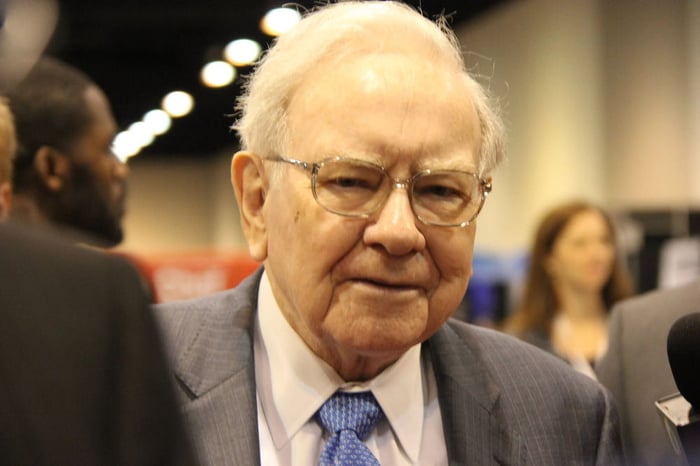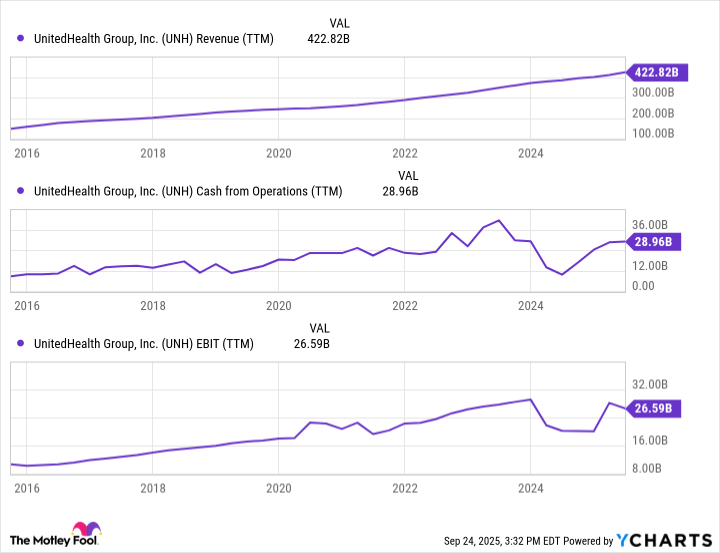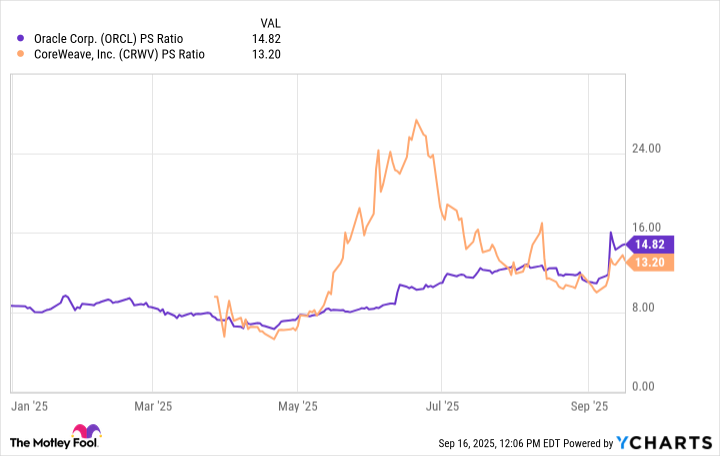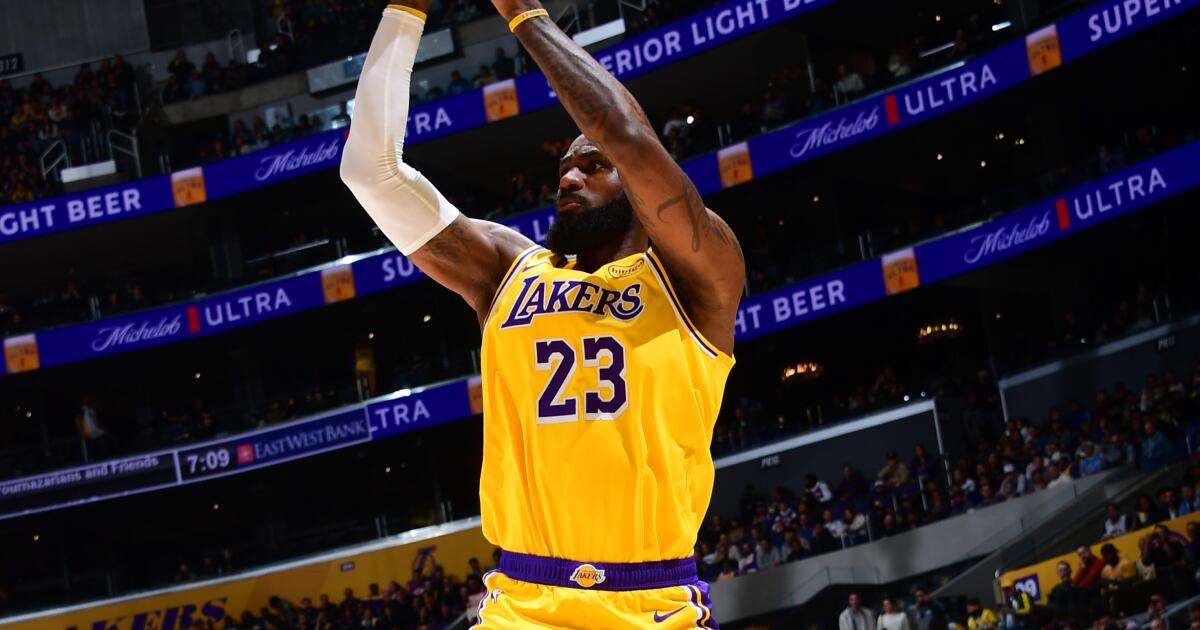1 Growth Stock and 1 High-Yield Dividend Stock to Buy Hand Over Fist in October
Netflix and Texas Instruments are cash cows that investors can confidently hold over the long term.
It’s easy to feel complacent in today’s market. The S&P 500 hasn’t fallen by more than 3% from its all-time high for over five months — meaning volatility is virtually nonexistent.
Artificial intelligence (AI) spending deals are resulting in big stock pops and record runs for chip giants. The rift between winners and losers is growing, with just a handful of stocks making up a massive percentage of the index. That said, it’s a mistake to sell winning stocks just because they have gone up. So a better approach is to stay even-keeled and build a balanced financial portfolio.
Here’s why Netflix (NFLX -0.07%) is a growth stock that can back up its expensive valuation, and why Texas Instruments (TXN 1.95%) is a reliable high-yield dividend stock to buy in October.
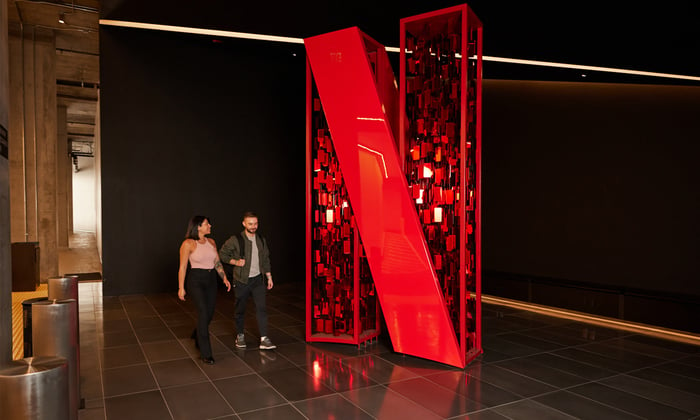
Image source: Netflix.
Netflix is worth the premium price
Like many growth stocks, Netflix’s valuation is arguably overextended. But it could still be a good buy for patient investors. The simplest reason to buy and hold Netflix is that the company has become somewhat recession-proof. It is one of the few consumer-facing companies that continues to deliver solid earnings growth despite a challenging operating environment.
Inflation and cost-of-living increases have been no match for Netflix. Despite a crackdown on password sharing and price increases, Netflix’s subscribers are sticking with the platform — which is a great sign that folks believe the subscription is worth paying for, even as they pull back on other discretionary goods and services like restaurant spending.
Netflix is a textbook example of the effectiveness of boosting the quality of a product or service to justify higher prices. The company isn’t just making the same bag of chips and hiking the price in the hopes that customers give in and buy. Rather, the value of the platform has grown immensely due to the depth, breadth, and quality of its content.
Netflix’s business model acts like a snowball. The more subscribers there are, the more revenue it generates, the more content it can create, the more valuable the platform becomes, and the greater the justification for increasing prices.
What Netflix is doing sounds simple, but it is far from it. It has taken Netflix well over a decade to perfect its craft — developing content that resonates with subscribers of all interests. No other streaming platform comes close to replicating this efficiency, as evidenced by Netflix’s sky-high operating margins of 29%.
At about 47 times forward earnings, Netflix is far from cheap. But it’s the kind of stock that can grow into its valuation because the business can do well even during an economic slowdown.
A dividend play in the semiconductor space
The semiconductor industry has been soaring — led by massive gains in Nvidia, Broadcom, and most recently, Advanced Micro Devices. The iShares Semiconductor ETF, which tracks the industry, is up a mind-numbing 34.7% year to date — outpacing the broader tech sector’s 24.8% gain. So investors may be wondering why Texas Instruments, commonly known as TI, is down over 4% in 2025.
The most likely reason TI is underperforming the semiconductor industry is that it doesn’t sell graphics processing units and central processing units, which are in high demand by hyperscalers to build out data centers. Instead, TI makes analog and embedded semiconductors that are used across the economy.
The industrial and automotive markets accounted for around 70% of TI’s 2024 revenue. So this is a far different business model than chip companies that are playing integral roles in building out data centers. In fact, TI’s core business is in the midst of a multi-year slowdown, as evidenced by TI’s negative earnings growth.
Despite these challenges, the company is a coiled spring for a cyclical recovery in its key end markets. Lower interest rates should help boost spending by industrial customers and jolt demand in the automotive industry.
TI is a great buy for investors who value free cash flow and dividends. In its 2024 annual report, TI stated, “Looking ahead, we will remain focused on the belief that long-term growth of free cash flow per share is the ultimate measure to generate value. To achieve this, we will invest to strengthen our competitive advantages, be disciplined in capital allocation, and stay diligent in our pursuit of efficiencies.” This is a far different mantra than companies that are throwing capital expenditures at shiny new ideas.
With a 3.2% dividend yield and 22 consecutive years of dividend increases, TI stands out as an excellent buy for income investors in October.
Daniel Foelber has positions in Nvidia. The Motley Fool has positions in and recommends Advanced Micro Devices, Netflix, Nvidia, Texas Instruments, and iShares Trust-iShares Semiconductor ETF. The Motley Fool recommends Broadcom. The Motley Fool has a disclosure policy.
